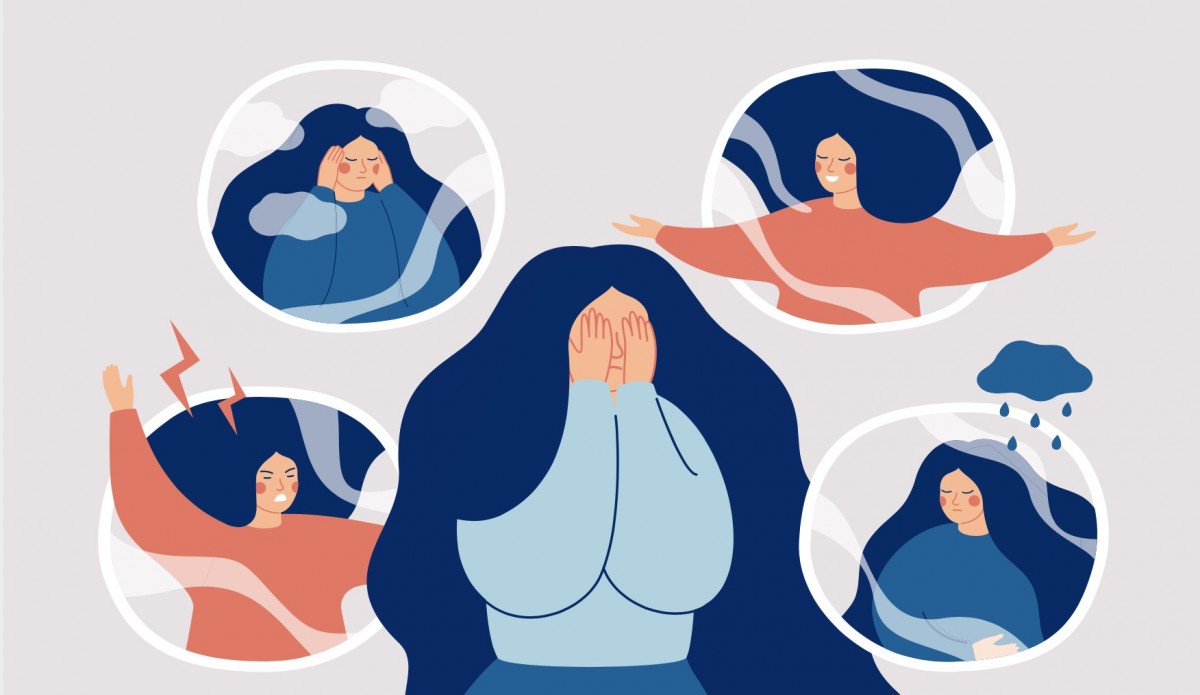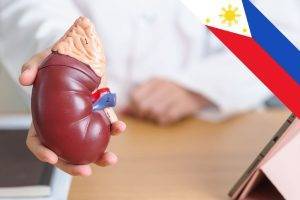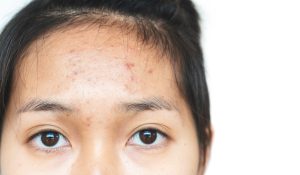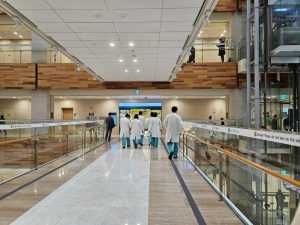Just like other mental disorders, individuals who have bipolar disorder (BD) are often misunderstood, isolated, and unaware. BD affects their thought processes, activity levels, perception, and their relationships. Individuals with BD need counselling, a supportive social environment, and sometimes pharmacological management. In this article, we break up the key components of the condition in attempts at defining bipolar disorder.
BD is a mood disorder that may present with the following hallmarks:
- Episodes of mania that may last up to one week
- One or more episodes of severe depression that last two or more weeks
- Experiencing suicidal thoughts or behaviours
Defining Bipolar Disorder
The following terms are frequently mentioned in BD:
Mood
Sustained emotions or feelings of sadness, hopelessness, emptiness, euphoria, or irritability. An individual’s mood may have alternating, labile, switching qualities. Mood influences an individual’s behaviour, decisions, and views. This can sometimes be observed by a clinician by referring to the individual’s demeanour.
Psychosis
Impairment in reality testing, such as experiencing hallucinations or delusions. Hallucinations are experiences perceived by an individual that are not taking place in reality. Delusions are rigid beliefs that are based on false perceptions of reality.
Mania and Hypomania Episodes
The core symptoms of mania are irritability, expansive mood, or an abnormally elevated mood which may last for at least one week. Hypomania is the less severe form of mania. Unlike mania, hypomania does not present any significant effects in functioning and these symptoms may last for at least four days.
Episodes of mania and hypomania may alter the individual’s mood, cognition, behaviour, and sleep patterns. The individual may also experience:
- An inflated self-esteem
- Decreased need for sleep
- Increased desire for physical and mental activities
- Impulsivity
- Disregard for consequences
- Poor judgement
Some examples include:
- Driving recklessly
- Unaffordable spending sprees
- Starting impossible or foolish business ventures
- Committing to multiple tasks but being unable to accomplish any successfully
- Speaking at an increased rate, with a lot of exaggerated stories, jokes, and puns delivered in a flamboyant manner
- Clanging may also be noted which is the use of sounds to convey a message instead of words
Because of this, they can be the center of attention at first or the life of the party, but eventually, people are thrown off because of their lack of social boundaries.
Depressed Episodes
It is important to establish that a depressed episode is different from having major depressive disorder. Major depressive disorders occur when there is no history of manic, hypomanic, or mixed episodes. This may be separately diagnosed by a physician. Having a depressed episode or mood in BD is characterised by dysphoria, or feelings of dissatisfaction.
Depressed episodes can be observed when there is:
- Decreased interest in previously pleasurable activities
- Low energy
- Impairment in concentration and memory (also called depressive pseudo-dementia)
- Speech is low, slow, and soft, often reflects a decreased pace in mental activity
- Decrease or increase in appetite, which results in significant weight loss or weight gain
- Sleep disturbances like insomnia or hypersomnia (excessive daytime sleepiness)
- Persistent sense of worthlessness and guilt
- Psychomotor agitation observed by others
- Suicidal ideation
Bipolar I Disorder
Where an individual experiences manic episodes that last at least seven days as well as depressive episodes that last at least two weeks.
Bipolar II Disorder
Where an individual experiences hypomanic and depressive episodes but not to the full extent of Bipolar I Disorder.
Cyclothymia
Where an individual experiences periods of hypomanic and depressive symptoms that last at least 2 years.
Suicide
Limited data suggests that individuals with Bipolar II Disorder are at greater risk for suicide ideations, suicide attempts, and suicide completions. In a meta-analysis of observational studies, the two risk factors noted in the completion of suicide in Bipolar Disorder are feelings of hopelessness, and previous attempts of suicide. Suicide attempts are common in those with histories of sexual and physical abuse, individuals who are unmarried, those younger than 25 years, other psychiatric disorders, and a family history of suicidal death.
Violence
Compared to the general population, individuals with BD are more involved in violence both as perpetrators and as victims. Perpetration may be more common, and it includes homicide, assault, robbery, arson, threats, or rape.
Assessing Psychosocial Factors
Besides biological and genetic factors, psychosocial factors should be discussed. Life events and environmental stressors could be anticipated in order to equip individuals with better coping mechanisms. Some clinicians believe that these events play a principal role in episodes of depression.
Data suggests that losing a parent before the age of 11, losing a spouse, and unemployment are the biggest predictors in the onset of mood disorders, occurring more frequently in Bipolar I Disorder.
Encouraging Supported Employment
Due to impairments in their ability to function, some individuals with BD may sometimes be devoid of opportunities to work. More so in those with more severe symptoms. Based on randomised clinical trials, aiming for competitive employment has better outcomes as compared to pursuing non-competitive employment or vocational work. As some may say, responsibility gives purpose, and thereafter, fulfilment with accompanying elevation in mood.
Medical Attention
Defining bipolar disorder is the first step. Seeking help comes next.
While individuals with BD can easily be labelled as oddballs in their communities or even at home, they require medical attention as urgently as the rest of the population. Pharmacotherapy is available, alongside therapy or counselling. Most importantly, treatment should be focused on the stressors and important relationships of the individual, as relapse is commonly reported.
Written in conjunction with Bipolar Awareness Day 2021.












